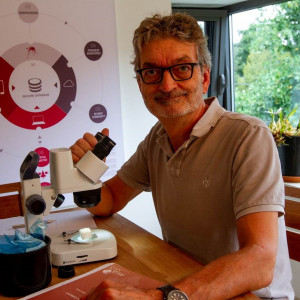 \
&
Contact us
\
&
Contact us
 \
&
Contact us
\
&
Contact us
Partnership website: https://bluepartnership.eu/
The proposed partnership will enable a just and inclusive transition to a climate-neutral, sustainable and productive blue economy through key intervention areas providing for a healthy ocean, the wellbeing of citizens, and a blue economy that is in harmony with nature and whose benefits are distributed fairly.
The SBEP targets the Green Deal and Digital Europe objectives and contributes to the Global Earth Observing System, by mobilising relevant quadruple helix stakeholders who will co-create and co-deliver knowledge-based solutions and innovative governance models, and by combining financial resources for joint transnational calls and resources for other activities.
The integration of sea-basins initiatives and strategies will ensure that impact is delivered at local, regional, national and international levels.
Draft partnership proposal (July 2020)
Contact
Commission services: Wendy Bonne, Eduardo Carqueijeiro
Partners: Ministry of University and Research (Italy) and Co-coordinator Research Council of Norway and 58 other partners https://bluepartnership.eu
Partnerships group the EC and private and/or public partners, to coordinate and streamline the research & innovation initiatives and funding in some selected key domains.

fernanda.werneck@vlaio.be

Avia-GIS is a Belgian innovative SME established in 2001. They have built research and public authority trust over the past 19 years and developed a unique, disruptive software suite - VECMAP® - that supports society to overcome one of its important health threats, the spreading of Pests of Public Health importance.
With the help of a Horizon 2020 SME Instrument Phase 2 project, they will be able to add Integrated Pest Management functionalities and go to the market. With the grant, that was an essential component of their second investment round, Avia-GIS aims at raising its revenue from the current 2 M€ to 14.2 M€ in 2024, and increase the headcount from 15 to 58.